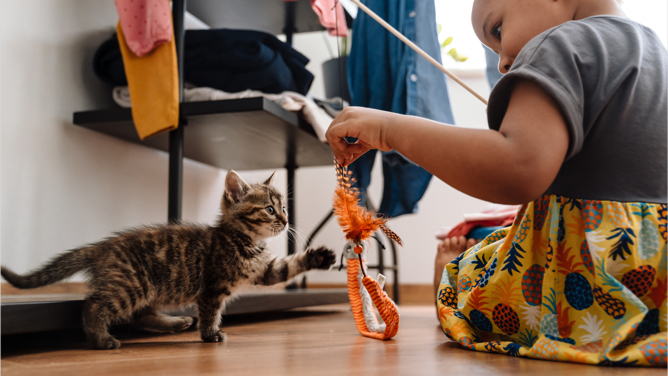Does the idea of spending time with cute, cuddly kittens sound fun to you? If so, consider becoming a kitten foster! Fostering a kitten provides a young, vulnerable cat with a safe environment where she can grow, develop and prepare for adoption. Fostering does require a little work, but we promise the experience is worth it. Here’s how you can get started.

Socialization is crucial for kittens to become well-adjusted pets. Spend time handling and playing with the kittens to get them used to human interaction. Introduce them to different sounds, sights and gentle handling.
Regularly monitor the kittens for signs of illness. Common issues include diarrhea, upper respiratory infections and flea infestations. Fading kitten syndrome is another thing to watch for. Symptoms include lethargy, lack of appetite, inability to gain weight, labored breathing and nasal or eye discharge. If you notice any concerning symptoms, contact your veterinarian or fostering coordinator immediately.
As kittens grow and develop, they will be ready for adoption. Work with the shelter or rescue group to find suitable homes. You can also help find adopters for your kittens through word-of-mouth or promoting them on social media.
While it may be hard to hand over a kitten you loved and cared for, there are so many other kittens and cats in need of foster homes. And now that you’ve fostered once, you’re even more prepared and experienced to take on the next kitty in need. Happy fostering!